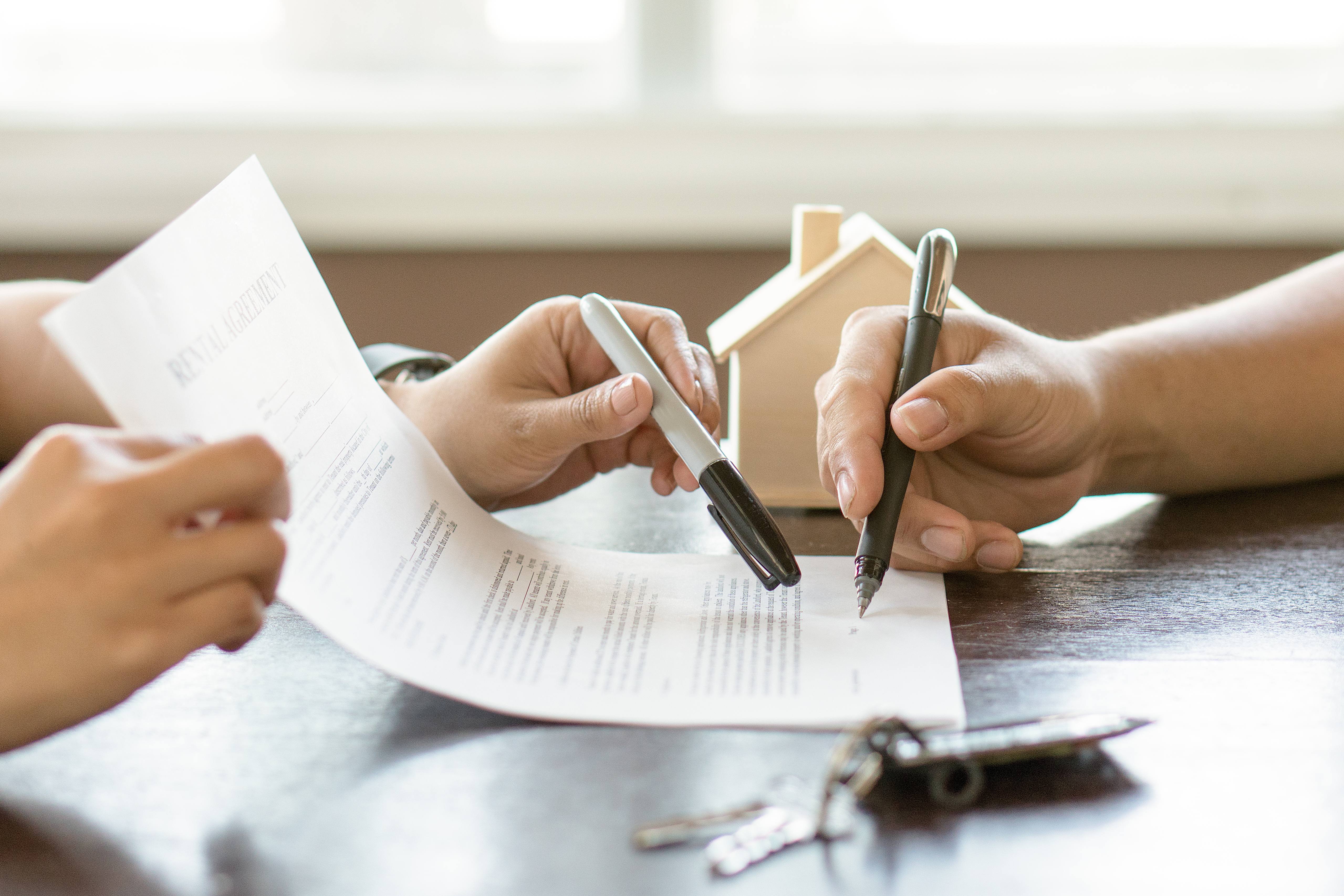
Becoming a landlord for the first time is an exciting prospect. There is money to be made if you get it right, but there are plenty of costly pitfalls lurking if you get things wrong, so be prepared to do a good amount of research so that you can protect your investment.
Here are all the key things you’ll need to know...
Your property
Decide what type of property you are going to let. Are you letting your own house? Perhaps you are looking at buying a new-build apartment or flat, which will afford you lower maintenance costs over the years. A student house will not require much in the way of good schools and other facilities if you plan to let to young families.
The right mortgage
If you are starting from scratch and buying a rental property for the sole purpose of letting, you will need a buy-to-let mortgage. The deposits for these mortgages are much higher than a conventional mortgage with a minimum deposit of 25%, and up to 40% for more competitive interest rates.
If you plan on renting your existing home there should be no need to re-mortgage, however you must inform your mortgage provider to seek permission to let your home.
Know your responsibilities
This is the big one, being a landlord comes with many legal and moral responsibilities, the good news is that many of these legal requirements will protect you as well as your tenants.
Deposits
When you let your property and take a deposit you are required to protect it, there are a few ways you can do this from government-backed schemes, insurance schemes and letting agents.
Contracts
You will need to create a contract between you and your tenants, setting out the terms of the rental agreement, covering notice periods for eviction, property inspections and who is liable for repairs and certain contents if let as a furnished property.
Right to rent
Just as employers need to take the necessary right-to-work checks, as a landlord you will need to check that your tenants have the right to rent in the UK.
Landlord license
In some instances, you need to apply to your local council before you let the property.
Safety
Apart from gas, water and electrical checks and certificates, consider smoke and carbon monoxide alarms. Perhaps lesser known is the legally required EPC - Energy Performance Certificate. You will be responsible for structural repairs, and the responsibility of making sure the property is safe to live in belongs to you.
Making a profit
You may have heard the term rental yield, what is it? How is it calculated?
Rental yield refers to the level of profitability of your rental property.
To calculate rental yield, divide your annual rental revenue by the purchase price of the property.
If you let your property for &500 per month and paid &100,000 to purchase the property.
Divide 6000 by 100,000, multiply by 100 to get a percentage figure.
The yield is this case is 6%.
It’s generally expected a good rental yield is 5%, however much higher figures can be achieved!
Letting agents
If you are a first-time landlord a great route to take is to use a letting agent to take care of everything for you. There are different levels of service letting agents can provide. It could be that you hire a reputable letting agent to find your tenants with references, create a contract and secure the deposit while you take responsibility for maintenance or repairs.
Many new landlords opt for a fully managed service. It will involve paying a little more commission on rent, but you will sleep soundly at night and should have more time to enjoy life!
Insurance
Having the right insurance will also help you get a good night’s sleep!
Landlord liability insurance covers you against legal claims from injury to your tenants if you are found responsible, as with any insurance you can tailor your policy to suit your needs.
Just as when you buy a house to live in, you will have to purchase building insurance before you purchase the property. Don’t forget contents insurance, particularly if you have let your property as furnished.
Conclusion
There is much to know and learn, so a good letting agent might be the best choice, just as finding the right property using a good estate agent makes life much easier.
Looking for your perfect first buy-to-let rental investment property? Contact us
